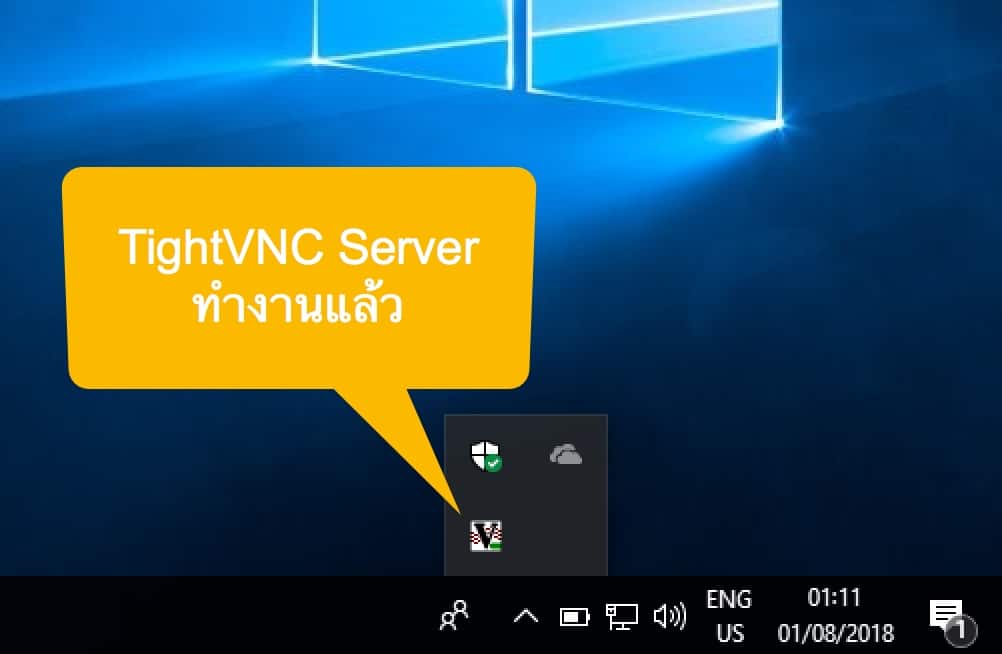

- #Remotix and tightvnc 1.3.10 Patch
- #Remotix and tightvnc 1.3.10 portable
- #Remotix and tightvnc 1.3.10 code
- #Remotix and tightvnc 1.3.10 series
- #Remotix and tightvnc 1.3.10 free
TightVNC itself remains free but the U3 loader application (a separate executable) is proprietary. TightVNC 1.3.10 for U3 is freely available for 30-day evaluation and should be registered after the evaluation period. When run from a U3 drive, TightVNC keeps its configuration and connection history (including passwords) on the flash drive and does not use the registry of the host computer.
#Remotix and tightvnc 1.3.10 portable
It can be installed on a U3 stick like any other U3 application and allows to use TightVNC (both server and viewer) in a portable way. We have prepared a special version of TightVNC for U3 Smart Drives. On ejecting the drive, no personal data is left behind on the host computer (visit for more information). Applications keep their settings and documents on the U3 drive.

When you plug such a USB stick into any PC, it shows U3 Launchpad panel (similar to the Start menu, but on the right side of the screen) and allows you to start applications installed on that U3 drive. U3 Smart Drives are special USB flash drives developed by SanDisk. While TightVNC Viewer 1.3.9 might have problems with Windows taskbar shown above full-screen remote desktop, new version works in Vista the same way as it worked on any other Windows.
#Remotix and tightvnc 1.3.10 series
This will be addressed in TightVNC 1.4 series (there is more information on TightVNC 1.4 development below in this document).īesides service mode problems, TightVNC is compatible with Windows Vista and its compatibility has been improved since previous version. This problem cannot be solved without major architectural changes in TightVNC Server code. Unfortunately, TightVNC Server 1.3.10 still cannot be used as a system service in Windows Vista. The complete summary of changes is available here.
Java viewer: Fixed a bug that caused NullPointerException when connecting to any VNC server not supporting TightVNC protocol extensions. Unix Server: Made the vncserver script read configuration from files (system-wide /etc/nf and user-specific $HOME/.vnc/nf). #Remotix and tightvnc 1.3.10 Patch
Unix Server: Applied fixes for 64-bit Linux issues, a patch from Russel Miranda. Windows Viewer: Fixed problems under Windows Vista where Windows taskbar could remain visible above the full-screen window. #Remotix and tightvnc 1.3.10 code
Also, several other enhancements were made to the code which handles the list of recent connections. Now we save unsuccessful connections too so that users would not ever have to re-type server names after connection failures.
Windows Viewer: TightVNC Viewer version 1.3.9 saved only successful connections in the list of recently visited VNC servers. That could caused distortions that never updated even with full-screen polling active. Windows Server: Fixed rendering problems when multiple CopyRects were combined with normal updates. A specially modified VNC server could currupt the heap of the connected viewer causing its crash or malfunction. Windows Viewer: Fixed integer overflow vulnerabilities reported by Core Security Technologies. Disabling file transfers completely if current user is unknown or nobody is logged in. Windows Server: Impersonating currently logged on user while processing file transfer requests. The most important changes in the new release are as follows: It fixes various bugs that were reported for previous versions and adds a number of minor improvements. I am glad to announce that TightVNC 1.3.10 has been released. De ontwikkelaars hebben versie 1.3.10 van TightVNC uitgebracht voorzien van de volgende aankondiging: Hello everyone, TightVNC maakt gebruik van deze standaard en biedt een scala aan mogelijkheden die beknopt op deze pagina uit één worden gezet. De muisbewegingen, toetsaanslagen en de schermopbouw worden dan via het netwerk uitgewisseld tussen de twee machines. Not required (Authentication is not required to exploit the vulnerability.Voor het op afstand besturen van computers kan vnc worden gebruikt. Very little knowledge or skill is required to exploit. Low (Specialized access conditions or extenuating circumstances do not exist. Partial (There is reduced performance or interruptions in resource availability.) Partial (Modification of some system files or information is possible, but the attacker does not have control over what can be modified, or the scope of what the attacker can affect is limited.) Partial (There is considerable informational disclosure.)






 0 kommentar(er)
0 kommentar(er)
